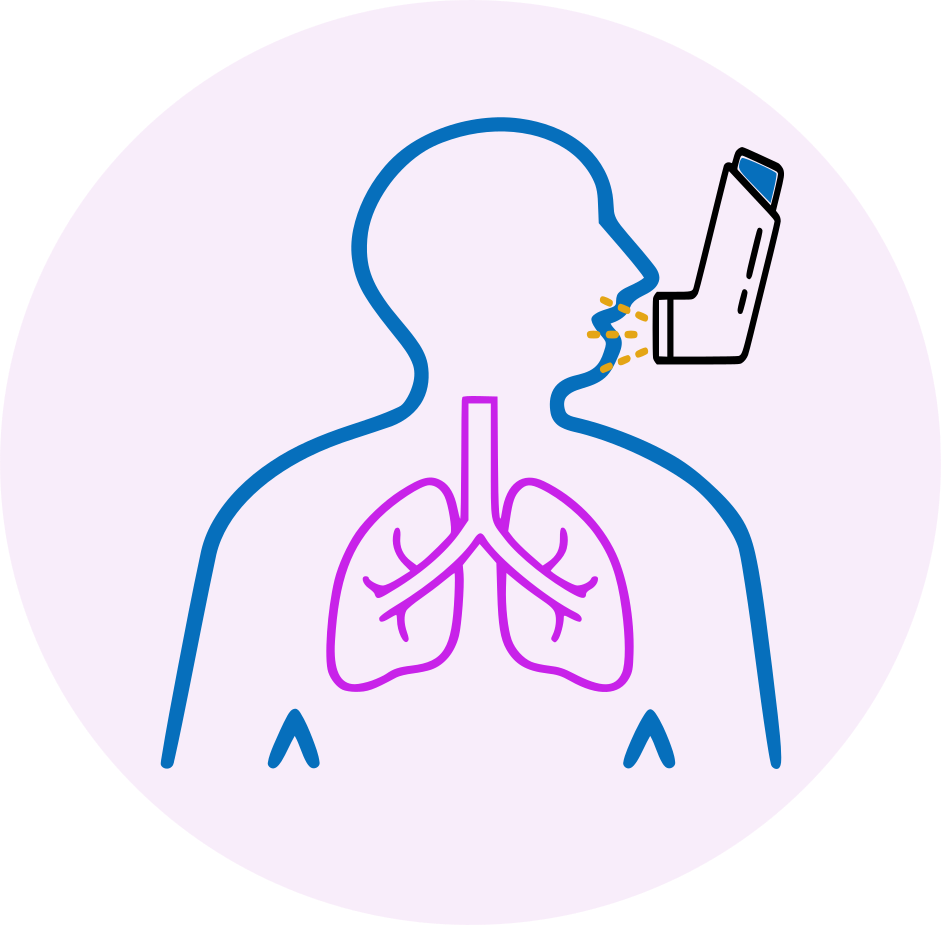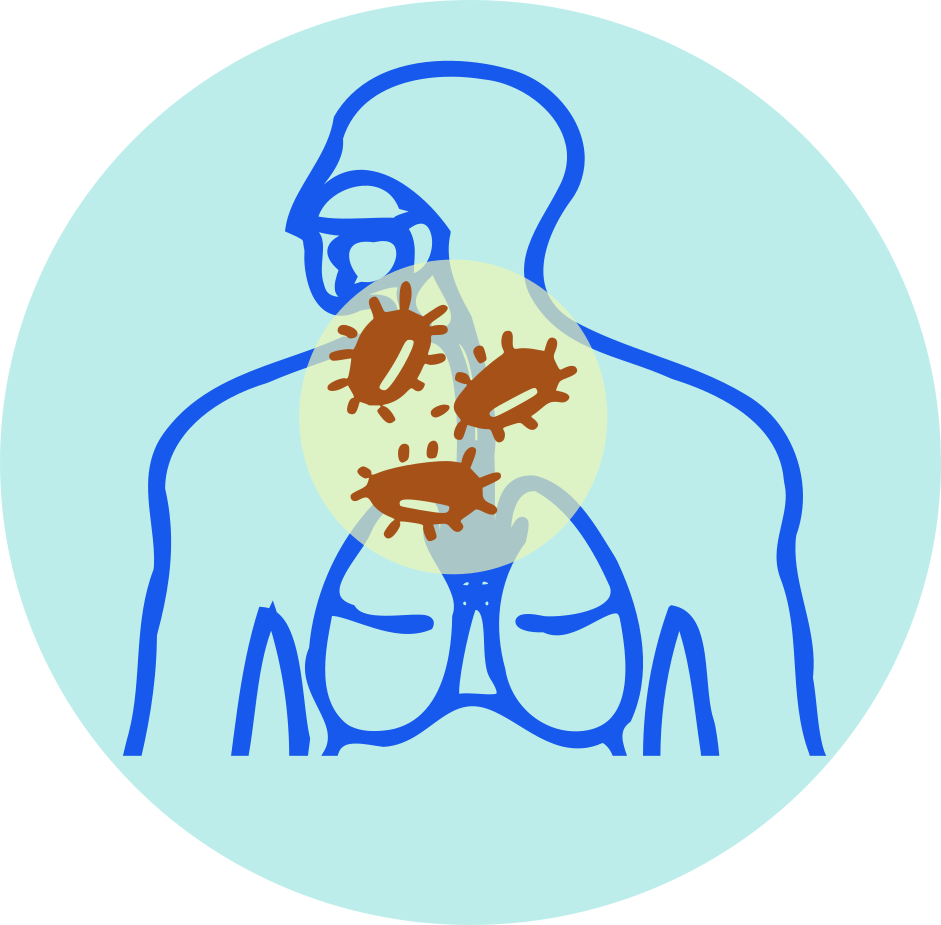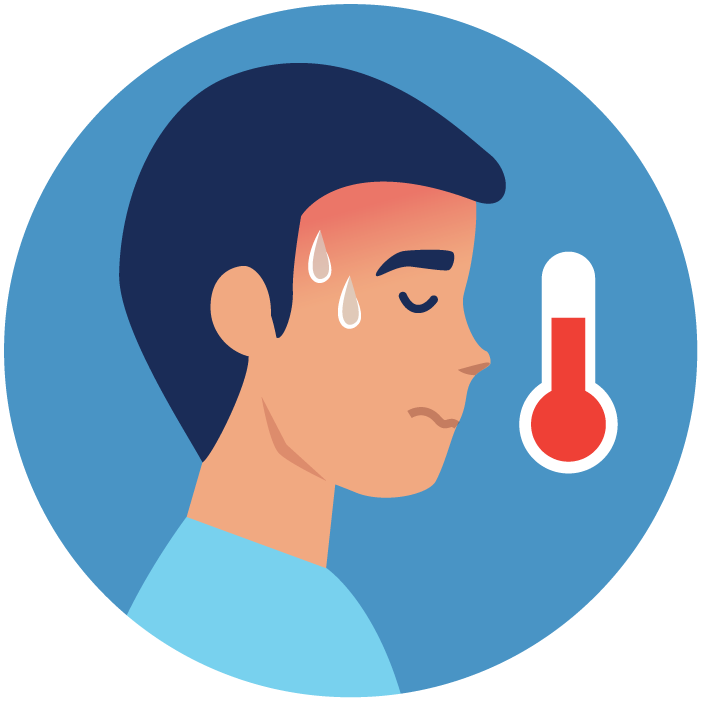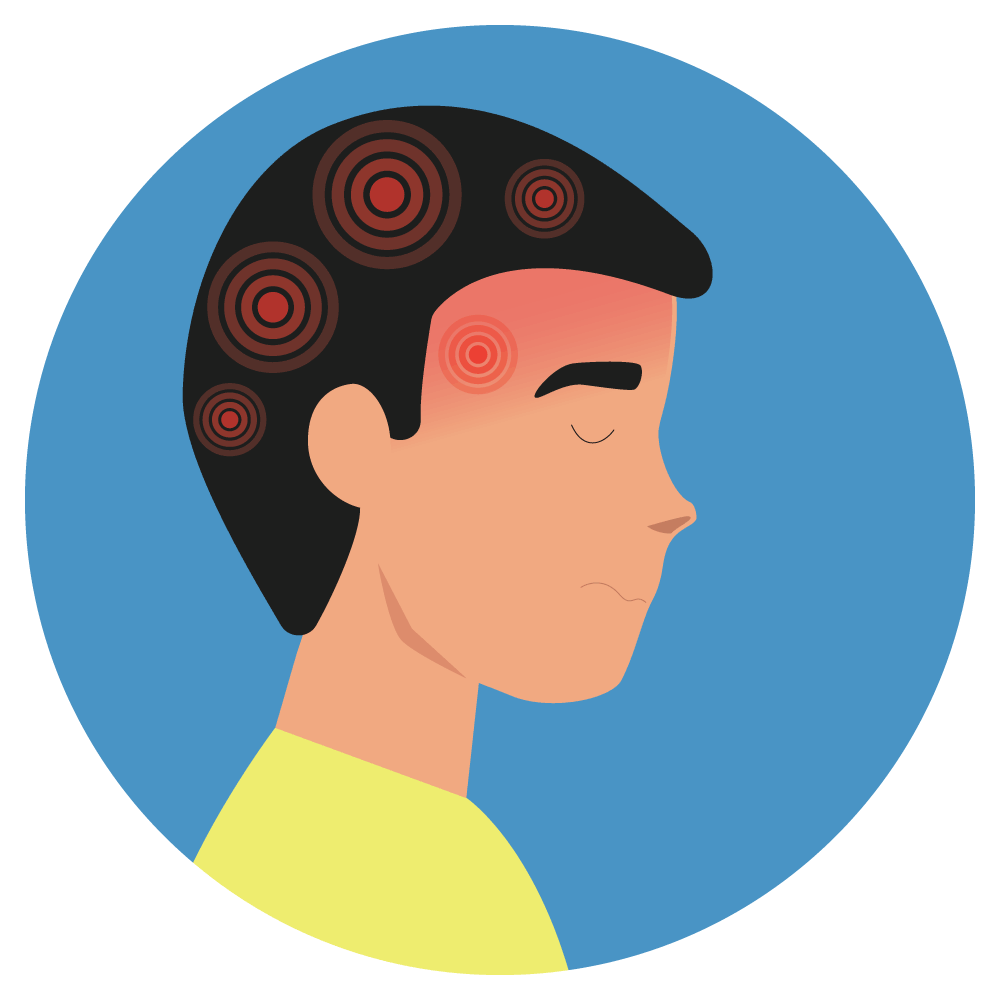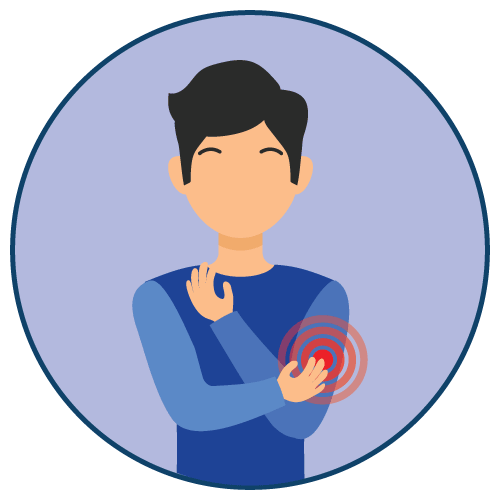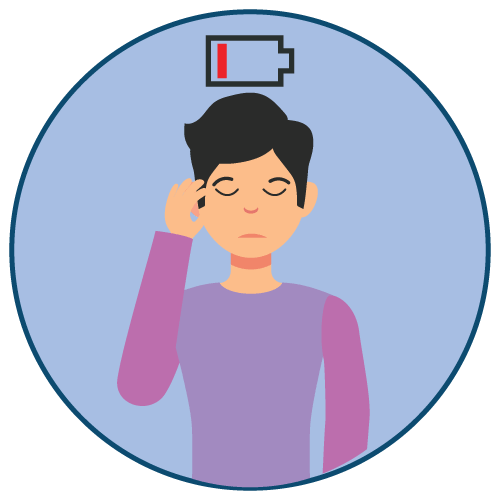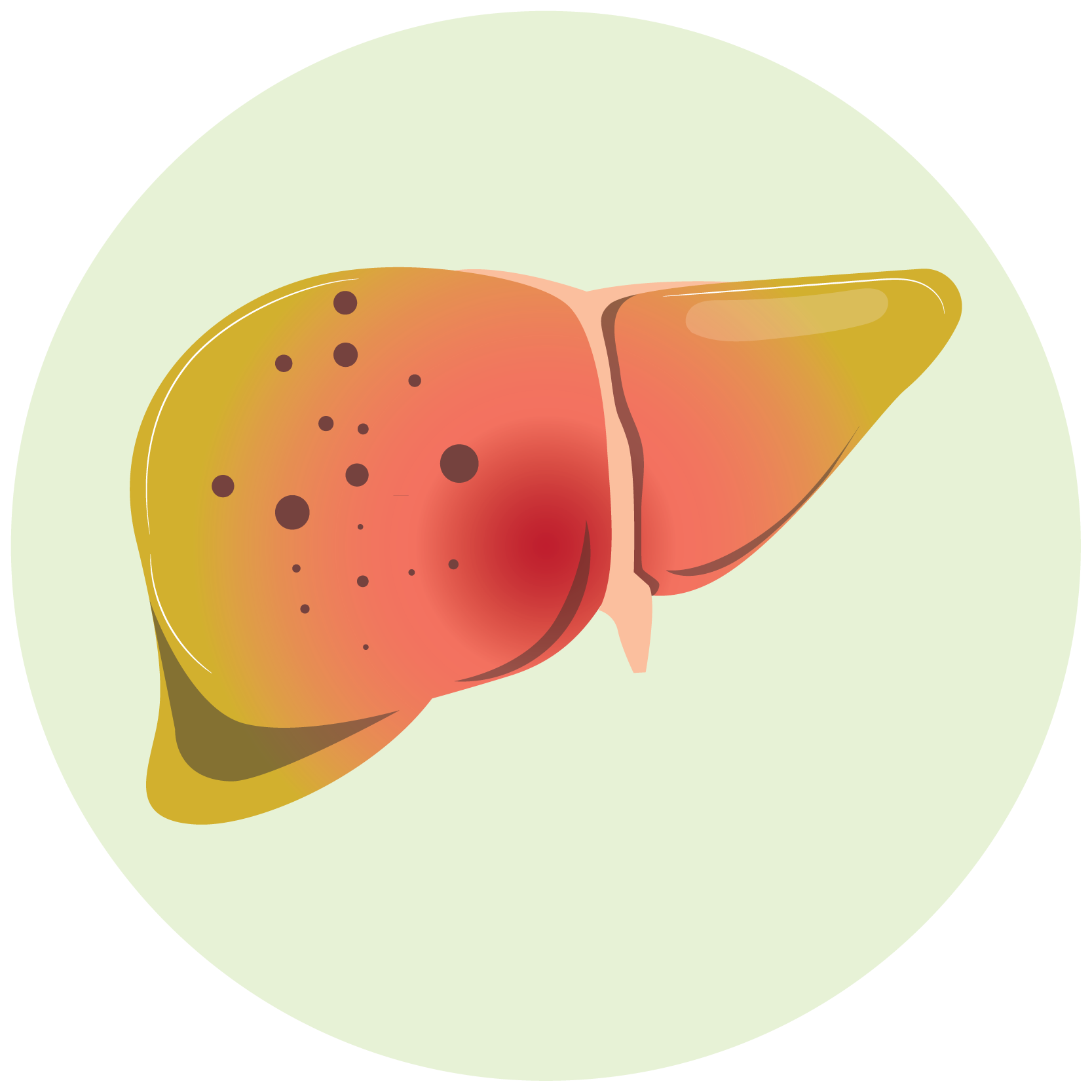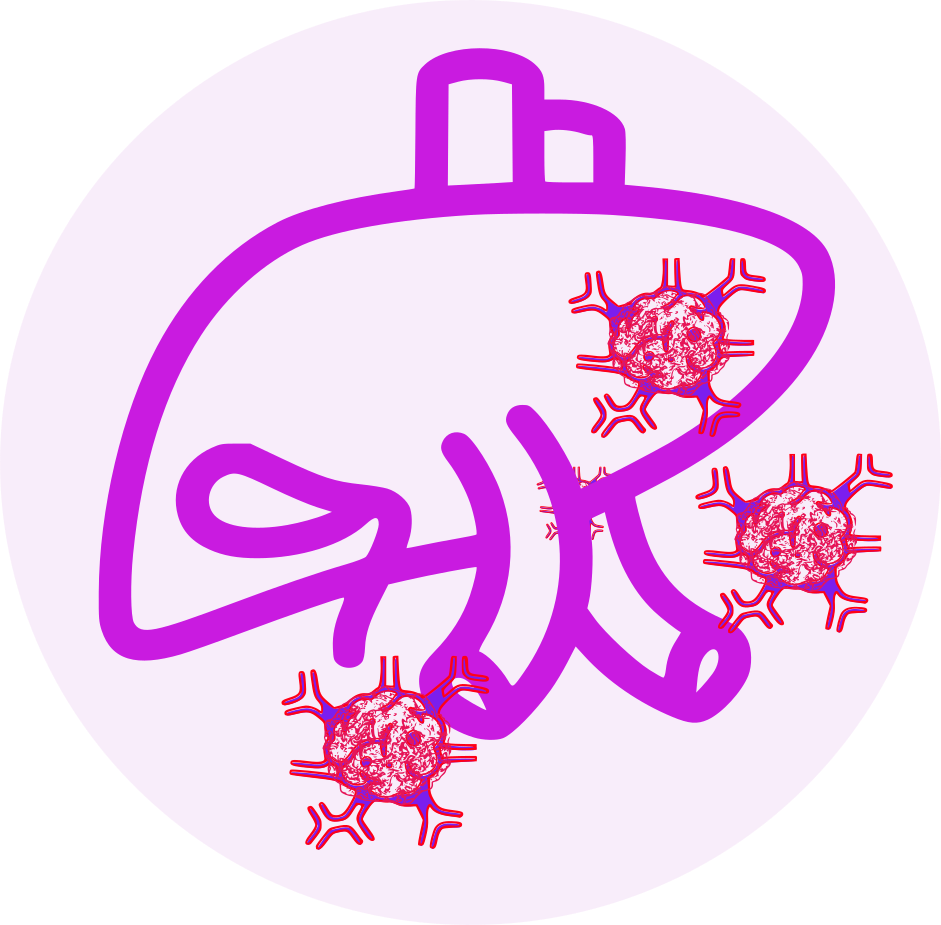| Name | Zafirlukast |
| Classes |
Respiratory Agent Antiasthmatic Antiallergic Agent |
| Diseases |
Asthma Respiratory Disease |
Zafirlukast
Zafirlukast is a selective and competitive receptor antagonist of leukotriene D4 and E4 (LTD4 and LTE4). The leukotrienes (LTC4 , LTD4 , LTE4 ) are products of arachidonic acid metabolism and are released from various cells, including mast cells and eosinophils. These eicosanoids bind to cysteinyl leukotriene (CysLT) receptors. The CysLT type-1 (CysLT1) receptor is found in the human airway (including airway smooth muscle cells and airway macrophages) and on other pro-inflammatory cells (including eosinophils and certain myeloid stem cells). Zafirlukast causes inhibition of airway cysteinyl leukotriene receptors.
Zafirlukast is a leukotriene receptor antagonist indicated for prophylaxis and chronic treatment of asthma in adults and children 5 years of age and older.
Because food can reduce the bioavailability of zafirlukast, Zafirlukast should be taken at least 1 hour before or 2 hours after meals.
- Adults and Children 12 years of age and older: The recommended dose of Zafirlukast in adults and children 12 years and older is 20 mg twice daily.
- Pediatric Patients 5 through 11 years of age: The recommended dose of Zafirlukast in children 5 through 11 years of age is 10 mg twice daily.
- Elderly Patients: Based on cross-study comparisons, the clearance of zafirlukast is reduced in elderly patients (65 years of age and older), such that Cmax and AUC are approximately twice those of younger adults. In clinical trials, a dose of 20 mg twice daily was not associated with an increase in the overall incidence of adverse events or withdrawals because of adverse events in elderly patients.
- Patients with Hepatic Impairment: Zafirlukast is contraindicated in patients with hepatic impairment including hepatic cirrhosis (see Contraindications). The clearance of zafirlukast is reduced in patients with stable alcoholic cirrhosis such that the Cmax and AUC are approximately 50 -60% greater than those of normal adults. Zafirlukast has not been evaluated in patients with hepatitis or in long-term studies of patients with cirrhosis.
- Hepatotoxicity: Cases of life-threatening hepatic failure have been reported in patients treated with Zafirlukast. Cases of liver injury without other attributable cause have been reported from post-marketing adverse event surveillance of patients who have received the recommended dose of Zafirlukast (40 mg/day).
- Bronchospasm: Zafirlukast is not indicated for use in the reversal of bronchospasm in acute asthma attacks, including status asthmaticus. Therapy with Zafirlukast can be continued during acute exacerbations of asthma.
- Concomitant Warfarin Administration: Coadministration of zafirlukast with warfarin results in a clinically significant increase in prothrombin time (PT). Patients on oral warfarin anticoagulant therapy and Zafirlukast should have their prothrombin times monitored closely and anticoagulant dose adjusted accordingly
- Neuropsychiatric events have been reported in adult, adolescent and pediatric patients taking Zafirlukast.
Contraindication
Contraindicated in patients who are hypersensitive to zafirlukast or any of its inactive ingredients.
None known.
Zafirlukast is contraindicated in patients with hepatic impairment including hepatic cirrhosis.
 Bangla
Bangla English
English